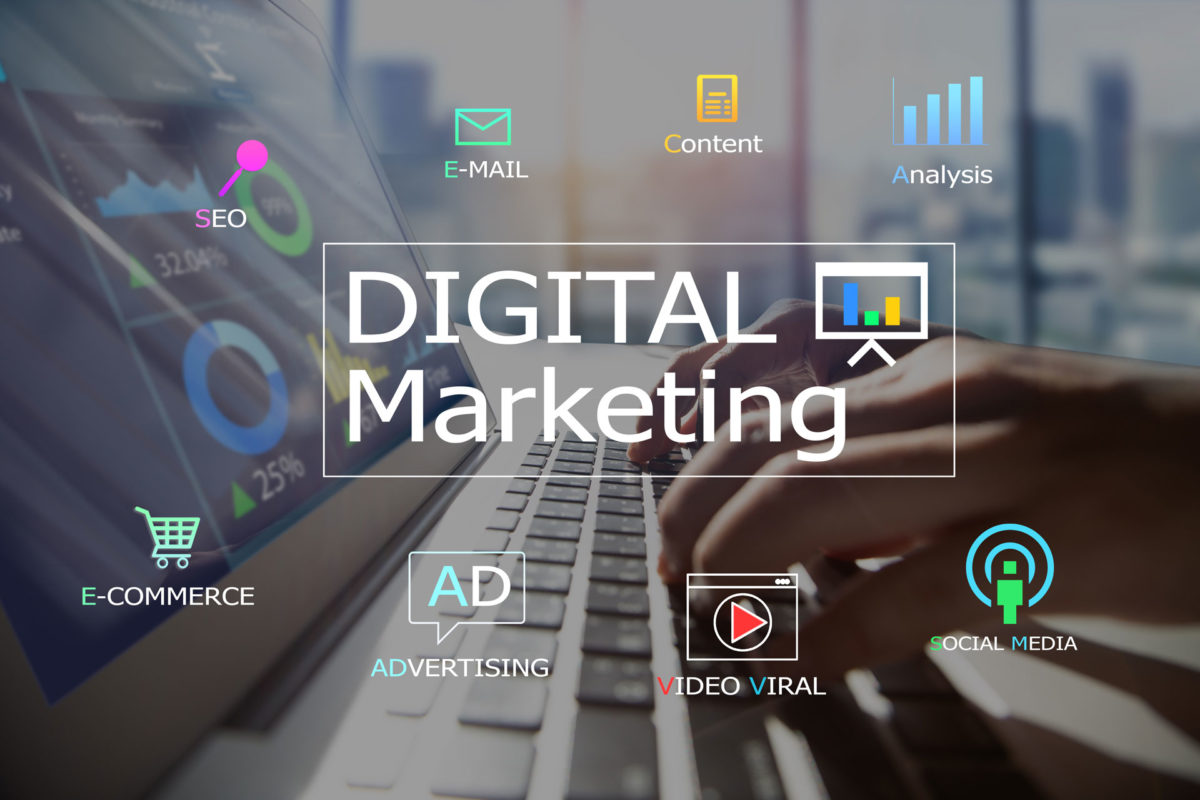Whether you make specialty retail products, selling to niche markets, or products sold through national retail channels, it used to be that your retailers were the only engagement point for consumers to know your brand unless you invested in expensive advertising.
Today, in the digitally driven society we live in with Google and social media, as well as online marketplaces like Amazon, consumers learn more about products and what they want or need well before they ever reach a store.
While they will often buy the item at the retail store, today’s customer journey takes more of an omnichannel path, and consumer product companies now have more control over the consumers’ experience and engagement with their brands.
They can stimulate interest at the grassroots level, which in turn generates sales with their retailers. Today, with digital marketing, building your company’s brand presence and brand equity is attainable and affordable.
The more successful consumer product companies are now taking time to understand their customers’ journey and leveraging digital platforms and online marketing to keep their products accessible to their consumers.
An effective digital marketing strategy enables companies to have real relationships with their consumers, and easily brings awareness of who they are and what makes their products unique. Even quickly communicating new product launches to the market is so much easier when you build a strong digital presence that keeps your brand in front of your market.
The idea here is not to alienate your loyal retail channels or to take sales away from them, but to simply reinforce your brands and make sure your customers have access to them where they are digitally. Building brand awareness and relationships with your consumers helps drive sales for your retail partners too.
Also, as many consumers buy their products both in-store and online, making sure you are positioned strong digitally via google search, social media and on ecommerce platforms like Amazon, will keep your products in front of customers where they are and prevent erosion of your sales long-term to competitors.
Understanding a Consumer’s Digital Landscape
Think about how you personally experience brands. Why would your target consumer’s approach be any different? Yes, we still buy from our favorite stores, but the digital environment has made us more engaged with products and product options throughout our day. To ensure your company’s long-term growth, it’s important to be where your target consumers are in-store and out of store.
Let’s look at the digital touchpoints your end-consumers engage with frequently when learning about or even planning to buy products. A consumer might engage with products and companies like yours at multiple touchpoints in their journey. The key is to have an integrated strategy that continues to reinforce your brand or products and builds a relationship with them.
Search Engines
While Amazon is the consumer’s top online search engine for products, which we will discuss later, consumers that are not sure what they are looking for, go to a search engine such as Google to find answers or options first. When customers search for your types of products, it’s important that your brand or products are visible. There are a couple ways to gain visibility in search engines such and Google and Bing:
- Search Engine Optimization: SEO is a holistic approach to optimizing or priming your website to breakthrough the competitive search results and be seen by potential customers.
- Paid Search Ads: This can be an effective marketing investment because it puts your products or brands in front of the right searchers at the right time.
Social Media
A recent study found that 74% of consumers are influenced by social media when making buying decisions. Just in Facebook alone, there are multiple touchpoints where a person can gain awareness of your brand, organically through posts and shares, and via paid ads. In fact, a Forbes study found that 78% of those consumer purchases, that are influenced by social media, are influenced by a company’s own posts.
Amazon and other Marketplaces
Over half of all online product shoppers start their searches on Amazon. Your company’s own products are most probably being sold on Amazon by 3rd party sellers already, and you might not even know who those sellers are.
This makes it more important for your company to have its own Amazon pages so you can prevent 3rd party sellers from damaging your brand by negatively impacting market pricing, writing product page content that hurts your brand, or servicing consumers poorly, which can put a bad taste in the market’s perception of your products.
The key to success in digital marketing is to have a clearly defined digital strategy that integrates all the touchpoints your consumers interface with daily. The digital landscape is rapidly evolving, and it will be interesting to see what the next Facebook or Twitter will be that influences the customer journey.


